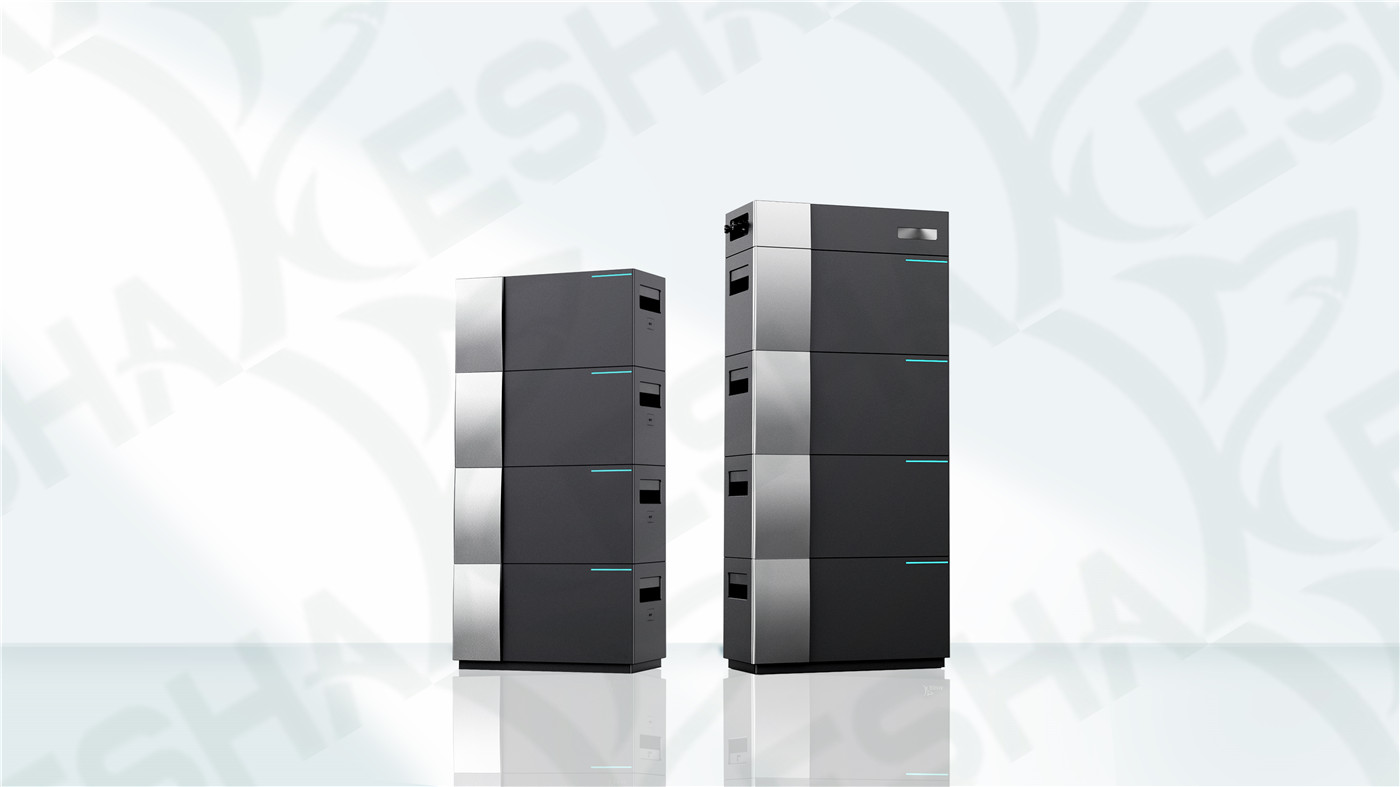From 2020 to 2022, the overseas sales of portable energy storage skyrocketed.
If the statistical interval is extended to 2019-2022, the market's acceleration is even more significant - global portable energy storage shipments have increased by about 23 times. Chinese companies are the most outstanding team on this battlefield, with over 90% of their products coming from China in 2020.
The increase in outdoor activities and frequent natural disasters have catalyzed the demand for mobile electricity overseas. The China Chemical and Physical Power Industry Association has predicted that the global portable energy storage market will exceed 80 billion yuan in 2026.
However, the relatively simple product composition and mature supply chain have enabled China's production capacity to quickly exceed external demand, "We only shipped about 10 sets last month, and in a year, we only have around 100 sets. Based on the annual output value of a medium-sized domestic enterprise, we may have only used 1% of our production capacity. Supply and demand are not matched. Taking Germany as an example, about 20% of our domestic production capacity can cover the entire German market," said a dealer in Europe.
Although the demand for portable energy storage overseas is growing rapidly, the supply and demand gap is so large that it cannot be ignored, and market players can only deal with it seriously - some manufacturers are turning to household energy storage with similar technological paths, while others are exploring the special needs of segmented markets.

Household energy storage: new gold mine or foam?
The world is at a crossroads of energy transformation.
The consecutive years of abnormal weather have brought excessive pressure to electricity production, coupled with drastic fluctuations in natural gas and electricity prices, the demand for sustainable, stable, and economical sources of electricity from overseas households has significantly increased.
This is most significant in Europe, taking Germany as an example. In 2021, the electricity price in Germany was 32 euros per kilowatt hour, and in some regions it rose to over 40 euros per kilowatt hour in 2022. The cost of electricity for photovoltaic and energy storage systems is 14.7 euros per kilowatt hour, which is half of the electricity price.
The head portable energy storage enterprise with a keen sense of smell has once again targeted household scenarios.
Household energy storage can be simply understood as a micro energy storage power station, which can provide protection for household users during peak electricity demand or power outages.
"At present, the markets with the largest demand for home storage products are Europe and the United States, and the product form is closely related to the living environment. Generally speaking, the United States mainly relies on single family houses, which require roof and courtyard energy storage, while in Europe, most apartments have a greater demand for balcony energy storage."
In January 2023, the German VDE (German Institute of Electrical Engineers) officially drafted a document to simplify the rules for balcony photovoltaic systems and accelerate the popularization of small photovoltaic systems. The direct impact on enterprises is that energy storage manufacturers can develop and sell plug-in solar devices as a whole without waiting for the government to replace smart meters. This also directly drives the rapid increase in the balcony energy storage category.
Compared to rooftop photovoltaic power generation, balcony energy storage has lower requirements for household area, is easy to install, and is affordable, making it easier to popularize to the C-end. With such product forms, sales methods, and technological paths, Chinese brands have more supply chain advantages. At present, brands such as KeSha, EcoFlow, and Zenture have launched a series of balcony energy storage products.

In terms of channel layout, household energy storage mostly combines online and offline, as well as self operated cooperation. Yao Shuo said, "Small household energy storage products will be laid out on e-commerce platforms and independent stations. Large equipment such as solar panels need to be calculated based on the roof area, so sales leads are usually obtained online, and local partners will negotiate offline."
The entire overseas market is huge. According to the White Paper on the Development of China's Household Energy Storage Industry (2023), the global new installed capacity of household energy storage increased by 136.4% year-on-year in 2022. By 2030, the global market space can reach a scale of billions.
The first hurdle that China's "new force" in household energy storage needs to overcome in order to enter the market is the leading enterprises already entrenched in the field of household energy storage.
After the beginning of 2023, the energy turbulence caused by the Russia-Ukraine conflict will gradually subside. In addition to the high inventory, rising costs, banks stop low interest loans and other factors, the attractiveness of household energy storage systems will not be so strong.
In addition to the decrease in demand, the excessive optimism of enterprises towards the market has also begun to backfire. A household energy storage practitioner told us, "At the beginning of the Russia Ukraine war, downstream customers of household energy storage hoarded a lot of goods, but did not anticipate the normalization of the war, and the impact of the energy crisis did not last that long. So now everyone is digesting inventory."
According to a research report released by S&P Global, the global shipment of household energy storage systems decreased by 2% year-on-year for the first time in the second quarter of 2023, to around 5.5 GWh. The reaction in the European market is most evident. According to a report released by the European Photovoltaic Industry Association in December last year, the installed capacity of household energy storage in Europe increased by 71% year-on-year in 2022, and the year-on-year growth rate in 2023 is expected to be only 16%.
Compared to many industries, 16% may seem like a considerable growth rate, but as the market moves from explosive to stable, companies need to start shifting their strategies and think about how to stand out in the upcoming competition.
Post time: Mar-20-2024
